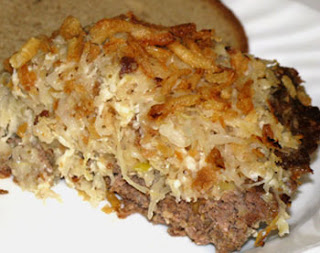
This is a home made chicken soup recipe I came up with in honour of dear friend, fellow browncoat, Jewish
mum mom (oops -- American!) and current scholarly influence
Candace Uhlmeyer.
Nothing quite soothes quite like a chicken soup and for once, I even made the stock myself. One can learn a lot about cooking just by walking through the grocery store in search of nothing in particular. I love not having to look at a list and wondering which isle I should head to next. Some of the most interesting things have come from just wondering what to do with a particular ingredient I've never had before. Hopefully, I'll find some use for that dragon fruit but in the meantime, I was elated to come across a hoard of freshly wrapped stock chicken bones.
Cheap too. That's the important part, especially in this day and age and the soup has lasted me over a week infusing me with protein and vegetable nutrients.

Oddly enough, one of my early influences in cooking was Bugs Bunny cartoons. For some reason, Bugs was always to be the main ingredient of a soup. Perhaps the act of chopping up ingredients and throwing ingredients in a big pot provided more comedic fodder, but the message was that soups are pretty easy to make.
A chicken soup needn't be complicated. In fact, the simpler the soup, the better and you'll be more inclined to make them more which is the same mistake people with crock pots make. I think it's important to use home made chicken stock (not broth -- which isn't as tasty), and healthier too as there is less sodium.
And it's low in fat and cholesterol and rabbit friendly of course...
So here's the recipe:
The Stock:
It's Gordon Ramsay's actually so I'll summarize it here as it's quite simple. It makes about six cups.
Ingredients
(my comments are in italics)2 tbsp olive oil
1 carrot, peeled and chopped
1 onion, peeled and chopped
(I used 2 shallots, tasted better)2 celery sticks, chopped
(I used three, It tastes better and makes the soup a bit crunchier)1 leek, washed and sliced
(make sure to get plenty of the green bits. That's where the flavour lives)1 bay leaf
1 thyme spring
3 garlic cloves, peeled
(I smashed them a bit. The flavour gets out better)2 tbsp tomato paste
2 tbsp flour
2 lb raw chicken bones (I doubled this and some of the bones had some meat on them. Chicken backs are preferable to legs and wing bones)
sea salt and black pepper
1. Heat olive oil in stock pot and add vegetables, herbs, and garlic. Cook until golden over medium heat stirring occasionally.
2. Stir in paste and flour and cook another minute.
3. Add bones and pour in enough cold water to cover.
4. Season and bring to a boil.
5. Skim off any scum that rises to the surface.
6. Reduce heat and let simmer gently for one hour.
7. Let the stock stand for a few minutes, then pass through a fine strainer and let cool.
Refrigerate and use within five days or freeze for up to three months.
The Soup
6 cups of stock (above)
1 chicken breast
1 onion, chopped
1 carrot, chopped
1 leek, chopped
2 celery ribs, chopped
1 handful of egg noodles, fine (important to have the fine ones)
1/2 tsp thyme, dried
1/2 tsp basil, dried
1 garlic clove, chopped finely
1 small handful of fine egg noodles.
Directions
1. Heat stock in pot and bring to a boil.
2. Add chicken breast, carrot, leek, onion, celery, garlic and herbs and simmer for one hour. Add more water if necessary.
3. Remove chicken breast and chop into bite sized chunks. Return to pot.
4. Add noodles and simmer until they are soft.
5. Season with salt and pepper and serve.



